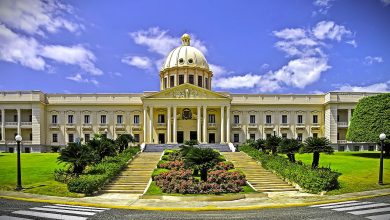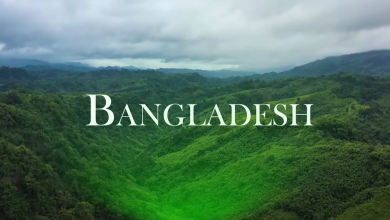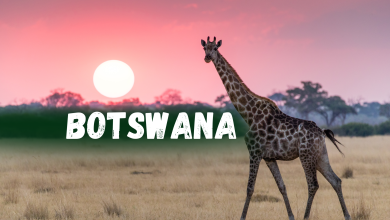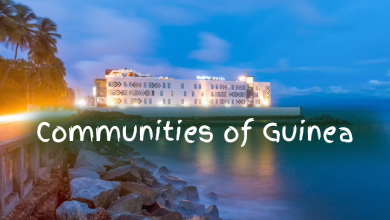Great Canyon History.
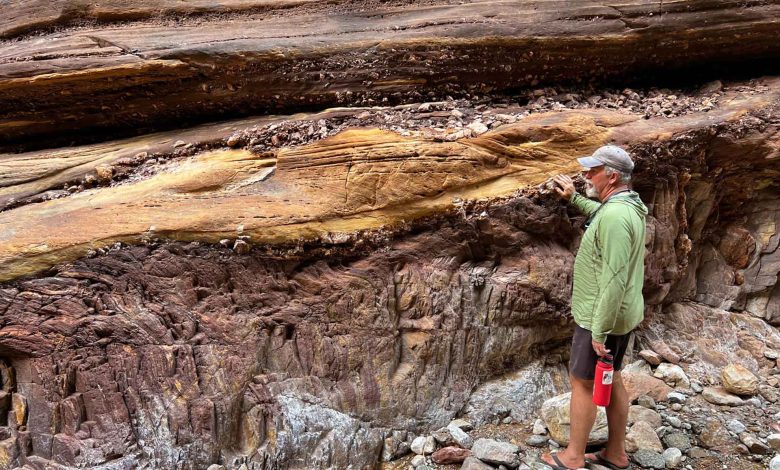
The Grand Canyon formed over millions of years through erosion by the Colorado River. It offers a glimpse into Earth’s geological history.
The Grand Canyon, one of the world’s natural wonders, showcases stunning landscapes and profound geological significance. Located in Arizona, it spans 277 miles in length, up to 18 miles in width, and reaches depths of over a mile. The canyon’s layers reveal a timeline of Earth’s history, dating back nearly two billion years.
Visitors from around the globe marvel at its breathtaking vistas and rich natural history. The Grand Canyon National Park, established in 1919, preserves this remarkable landscape. Its diverse ecosystems and ancient rock formations provide valuable insights for scientists and a unique experience for tourists.

Credit: en.wikipedia.org
Formation And Geology
The Grand Canyon is a majestic wonder formed by intricate geological processes. Its formation spans millions of years, showcasing the Earth’s dynamic history. The canyon’s geological processes and distinct rock layers offer insights into ancient environments.
Geological Processes
The Grand Canyon’s formation involved multiple geological processes. The Colorado River played a crucial role in carving the canyon. Over millions of years, the river eroded the land, creating deep gorges.
Plate tectonics also influenced the canyon’s formation. The uplift of the Colorado Plateau elevated the region, enhancing the river’s erosive power. This uplift allowed the river to cut deeper into the rock layers.
Volcanic activity contributed to the canyon’s landscape. Lava flows and volcanic ash deposits are found in some areas. These elements add to the complexity of the canyon’s geological history.
Rock Layers
The Grand Canyon’s rock layers tell a story of ancient environments. Each layer represents a different geological period. These layers are like pages in a history book.
| Rock Layer | Age (in millions of years) | Description |
|---|---|---|
| Kaibab Limestone | 270 | Formed from marine sediments, rich in fossils. |
| Coconino Sandstone | 275 | Desert sand dunes, now solidified into rock. |
| Redwall Limestone | 340 | Thick marine limestone, often red-stained. |
| Vishnu Schist | 1,700 | Ancient metamorphic rocks, among the oldest. |
Erosion exposed these rock layers over time. Wind, water, and ice played significant roles. Each layer reveals clues about the Earth’s past climates and environments.
The canyon’s rock layers are a geologist’s dream. They offer a window into the Earth’s history, showing changes over billions of years.
Early Inhabitants
The Grand Canyon holds a rich history of early inhabitants. These people lived, thrived, and evolved in this majestic landscape. Their stories are etched into the canyon’s walls and terrain.
Native Tribes
Several native tribes called the Grand Canyon home. These tribes include the Havasupai, Hualapai, Navajo, and Paiute. Each tribe had unique traditions and lifestyles. The Havasupai lived in the canyon for over 800 years. They farmed in the lush valleys. The Hualapai occupied the canyon’s western rim. They were skilled hunters and gatherers. The Navajo built homes known as hogans. They also raised sheep and goats. The Paiute lived in the high plateaus. They crafted intricate baskets and tools.
Archaeological Discoveries
Archaeologists have uncovered many artifacts in the Grand Canyon. These artifacts tell stories of the early inhabitants. Pottery shards, stone tools, and rock art are some examples. Pottery shards show the craftsmanship of the early tribes. Stone tools reveal their hunting and farming techniques. Rock art depicts their spiritual beliefs and daily life.
Archaeologists use these discoveries to piece together the past. They study ancient campsites and dwellings. These sites show how early tribes adapted to the environment. They also provide insights into their social structures and trade networks.
| Tribe | Main Occupation | Unique Feature |
|---|---|---|
| Havasupai | Farming | Living in the canyon for over 800 years |
| Hualapai | Hunting and Gathering | Skilled hunters |
| Navajo | Raising Sheep and Goats | Building hogans |
| Paiute | Crafting | Making intricate baskets |
European Exploration
The history of the Grand Canyon is rich and diverse. European exploration played a significant role in uncovering its mysteries. Early explorers ventured into the unknown, driven by curiosity and ambition. Let’s delve into some key aspects of this fascinating period.
First Expeditions
The first European to see the Grand Canyon was García López de Cárdenas. He was part of the Spanish expedition led by Francisco Vázquez de Coronado in 1540. They were searching for the mythical Seven Cities of Gold. Instead, they found the majestic Grand Canyon.
Cárdenas and his men approached the canyon from the South Rim. They were amazed by its vastness and depth. The steep walls made it impossible to descend. They were unable to reach the Colorado River below. This initial encounter marked the beginning of European interest in the canyon.
Mapping The Canyon
Mapping the Grand Canyon was a challenging task. The first detailed maps were created in the 19th century. John Wesley Powell, a geologist, led two significant expeditions. His first expedition in 1869 was particularly notable.
Powell’s team traveled down the Colorado River. They faced numerous hardships, including dangerous rapids and lack of supplies. Despite these challenges, they successfully mapped large portions of the canyon. Powell’s work provided valuable insights into its geological features.
Later explorers and cartographers built on Powell’s achievements. They created more accurate and detailed maps. These maps helped future explorers and scientists study the canyon.
Here is a brief overview of key expeditions:
| Year | Explorer | Significance |
|---|---|---|
| 1540 | García López de Cárdenas | First European sighting of the Grand Canyon |
| 1869 | John Wesley Powell | First detailed mapping of the canyon |
These explorers paved the way for future studies. They helped unlock the secrets of the Grand Canyon. Their efforts are still remembered and celebrated today.

Credit: www.britannica.com
Modern Era
The modern era of the Great Canyon began in the 20th century. This period brought significant changes. Advances in transportation made the canyon more accessible. The canyon saw a surge in visitors.
Tourism Boom
In the early 1900s, the Great Canyon became a popular destination. The construction of railroads made travel easier. Hotels and lodges were built to accommodate visitors.
Today, millions visit the canyon each year. Tourists enjoy activities like hiking, rafting, and sightseeing. The canyon offers stunning views and unique geological formations.
- Hiking
- Rafting
- Sightseeing
Conservation Efforts
Conservation efforts began to protect the canyon’s beauty. The Great Canyon was declared a National Park in 1919. This status helped preserve its natural state.
Various organizations work to maintain the park. They focus on wildlife protection and habitat conservation. These efforts ensure the canyon remains a natural wonder.
| Organization | Focus Area |
|---|---|
| National Park Service | Wildlife Protection |
| Conservation Groups | Habitat Conservation |

Credit: www.britannica.com
Frequently Asked Questions
What Is The History Of The Great Canyon?
The Great Canyon was formed millions of years ago by erosion from the Colorado River.
Who Discovered The Great Canyon?
Spanish explorer García López de Cárdenas discovered the Great Canyon in 1540.
How Did The Great Canyon Get Its Name?
The Great Canyon got its name from early European explorers who were awestruck by its vastness.
Why Is The Great Canyon Important?
The Great Canyon offers unique geological insights and attracts millions of tourists annually.
Conclusion
The Great Canyon’s history is a testament to nature’s power and beauty. Exploring its past reveals fascinating geological events and ancient civilizations. As you visit, remember its rich heritage and the stories etched in its walls. Let the canyon’s history inspire and deepen your appreciation for this natural wonder.

